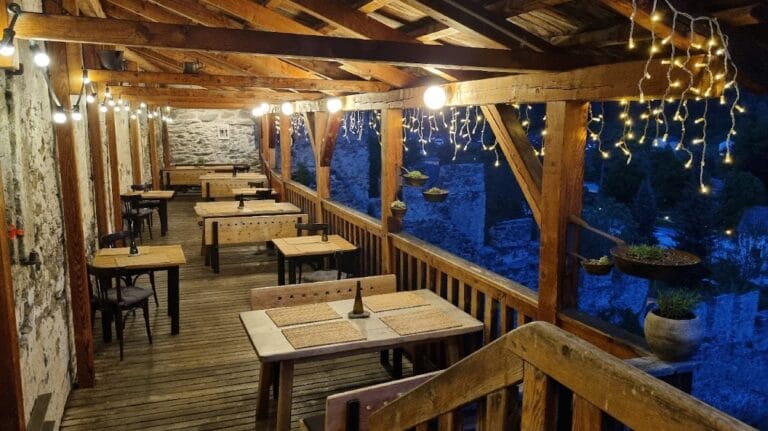Schloss Kuenburg: A Historic Palace in Tamsweg, Austria
Visitor Information
Google Rating: 5
Popularity: Very Low
Google Maps: View on Google Maps
Country: Austria
Civilization: Unclassified
Remains: Military
History
Schloss Kuenburg is situated in the northern part of the town of Tamsweg, Austria. Its beginnings trace back to the late 1500s, formed through the consolidation and transformation of multiple houses that had existed in the area since the 1400s. The noble Kuenburg family, whose regional influence spread throughout the Lungau area, established the palace as their principal residence, formalizing their presence with Christoph III von Kuenburg’s property acquisitions starting in 1556.
By 1598, the process of unifying these individual houses into a single palace structure was complete. The building underwent a significant transformation in the mid-18th century after suffering damage during a major fire in 1742. This Baroque-style reconstruction was directed by master builder Fidelis Hainzl, who introduced both structural and aesthetic modifications reflecting the tastes and artistry of the time. Throughout centuries, the palace remained in the hands of the Kuenburg lineage, despite legal changes such as the 1812 abolition of the fideicommissum—a form of entailed estate—under Bavarian administration. However, the family’s ownership effectively continued until the mid-20th century.
Several prominent artists and craftsmen contributed to the palace’s interior and exterior during its history. Among them was the painter Johann (Gregor) Lederwasch IV, whose mid-18th-century works include depictions of nearby castles. The interior stucco ornamentation was created by Giovanni Gaetano Androi, and the iron alliance coat of arms that adorns the palace entrance was forged in 1746 by Salzburg blacksmith Philipp Hinterseer. An engraved inscription at the entrance recalls a Capuchin church built in 1671 by Archbishop Max Gandolf von Kuenburg, a religious monument which has since been demolished.
In 1954, ownership of Schloss Kuenburg passed from the Kuenburg family to the municipal authorities of Tamsweg. Since then, the palace has served various civic functions, housing municipal offices and cultural activities. It has undergone several phases of renovation, notably beginning in 1998 and with a major modernization effort in 2016 that introduced a new event hall and enhanced public facilities.
Remains
Schloss Kuenburg presents as a two-story palace positioned east of the local parish church along the route leading to Mauterndorf. Its main façade features nine evenly spaced windows on the upper floor and cornerstones enhanced by plastered quoins, giving the building a distinct textured appearance. The entrance is uniquely placed off-center toward the left side of the front, characterized by an ornate flat-arched portal framed with stucco work that includes decorative motifs such as vases and trophies. This entrance is topped by an iron coat of arms bearing the combined symbols of the Kuenburg and Rollingen families, crafted by the local blacksmith in the mid-18th century.
Inside, several ground-floor rooms showcase vaulted cross ceilings, a structural element formed by intersecting curved arches designed to support the roof. The first floor contains rooms with richly stuccoed ceilings, notably the central salon where coats of arms of the Kuenburg and Rollingen families are prominently displayed. Adjacent southern chambers house painted views of the castles of Neukirchen and Moosham, attributed to the artist Johann Lederwasch from the 18th century. Additional interior features include a green clay stove topped with a dome-shaped vase, a heating element typical of the period and region.
On the eastern side of the palace grounds lies part of the original palace park dating from the mid-1700s. This green space preserves ancient trees and now serves as a public park area, retaining the historical landscape setting associated with the palace. Architecturally, the right side of the palace façade maintains a fragment of the older structure predating the 18th-century rebuild. In front of the building, there once stood a series of stone bollards connected by iron chains forming a boundary, which were later removed to facilitate vehicle access.
Today, Schloss Kuenburg is recognized as a protected cultural heritage site under the official monument number 25025, ensuring preservation and acknowledgment of its historical and architectural importance to the region.







